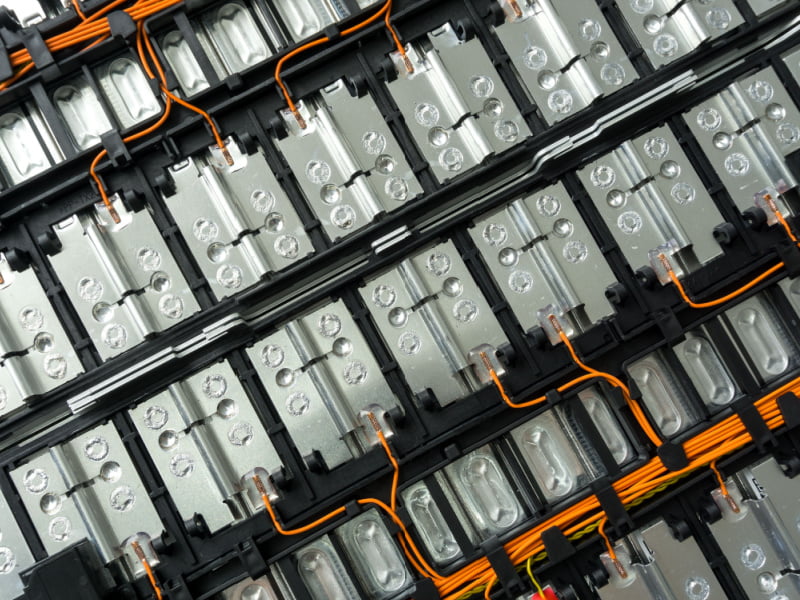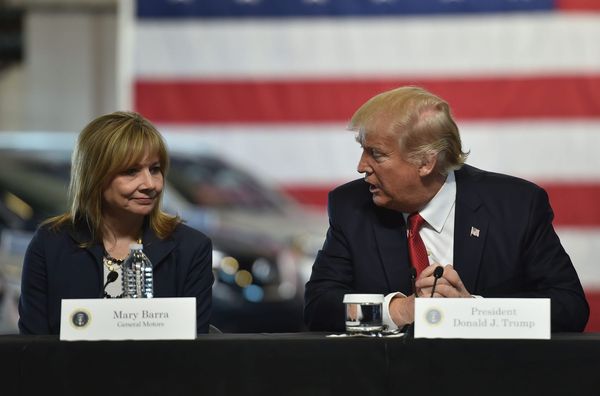Industry and Science minister Ed Husic has fired the starter’s gun on a federal drive to construct a more vertically integrated and value-added batteries industry in Australia, opening an industry consultation to inform the National Battery Strategy.
The paper sets out a challenge for stakeholders: How does the nation take its energy research expertise and domestic access to raw materials to move up the value chain and capitalise on fast-growing global demand for stored electrical energy.
Mr Husic will formally launch an industry consultation on building local capacity and capability in batteries at a visit to Hunter Valley-based lithium-ion manufacturer Energy Renaissance on Friday.

“Our general approach should be one where if we mine it here, we should make it here,” Mr Husic said.
“We know there is huge demand for energy storage to support the widespread uptake of solar generation by households, business and industry.
“Global demand for existing and next-generation batteries is forecast to increase nine to 10-fold over the next decade.
“That’s why it is important that we harness the opportunity to become a key player in battery manufacturing and export on the world stage.
“Australia has globally significant deposits of essential battery materials and strong local innovation and research capabilities. By drawing on these strengths, Australia can take its place in the profitable global battery supply chain.”
The issues paper sets out the current global constraints in the supply of batteries, outlining where Australia’s opportunities lie.
Specifically, the issues paper points to the current reliance on a battery production supply chain that is geographically concentrated in China, a circumstance that geopolitical circumstances presents opportunities for the local sector.
“China currently holds the largest market share of battery production at most stages of the supply chain, particularly in the EV battery market,” the issues paper says.
“It accounts for about 75 per cent of the world’s production capacity for battery cells, 70 per cent of cathode capacity, and 85 per cent of anode capacity.
“The battery supply chain is complex and is at high risk of disruption due to geographic and ownership concentration. Supply risks are acute for battery components due to diverse inputs and complex processing required for manufacturing.
“Vulnerabilities are noticeable across the lithium supply chain, where there are no alternative battery chemistries to replace lithium products at scale. Recent events, such as Russia’s illegal invasion of Ukraine, have led to international trade disruptions.
“Australia has an opportunity to add diversity to supply chains and benefit as a result. Development of Australia’s nickel, cobalt, graphite, and vanadium resources and downstream investment could aid the diversification of battery supply chains and add value domestically.”
Mr Husic said the National Battery Strategy would complement the development of Australia’s new Critical Minerals Strategy to articulate a clear pathway for integrated, end-to-end onshore battery minerals supply chains.
“Together, these will provide a clear plan to ensure Australia maximises its economic potential in these fast growing and lucrative markets,” he said.
Globally, Bloomberg New Energy Finance estimates that 387 gigawatts of new energy storage will be added by 2030, providing an excellent opportunity for Australian battery industries.
Governments around the world have seized on opportunities in the battery sector, Australia is not alone. Internationally, governments are moving fast to diversify their countries’ economies and scale-up battery production.
China, the United States, the European Union, and Japan have all adopted battery industry development strategies. These strategies aim to secure the rights to low value raw materials overseas, while preserving domestic value adding activities.
Australia’s battery strategy aims to take a slice of that fast growing market as an important contributor to the local market.
“The consultations around the Strategy are designed to find ways to get our country manufacturing Aussie batteries,” Mr Husic said.
“A coherent, national approach to the development and uptake of emerging technologies won’t just deliver economic growth and jobs, but also help safeguard our national wellbeing.”







